25+ SAMPLE Construction Investment Agreement
-

Real Estate Construction Investment Package Proposal
download now -

One Page Construction Investment Agreement
download now -
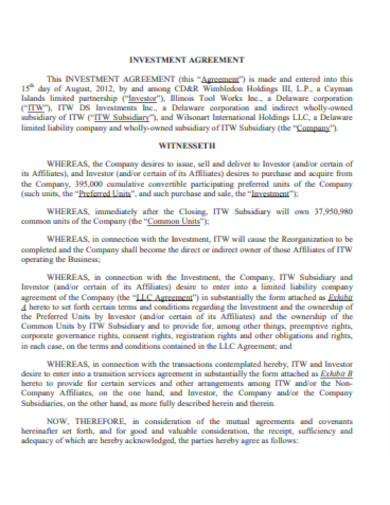
Construction Investment Business Agreement
download now -
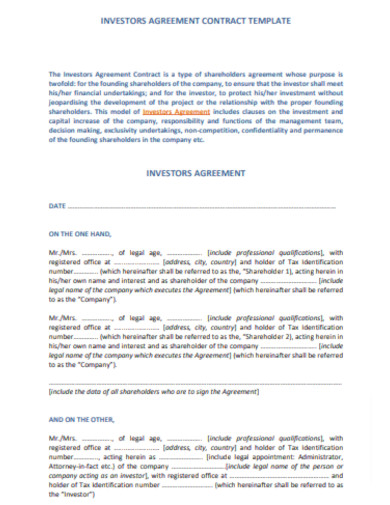
Construction Investment Investor Agreement
download now -
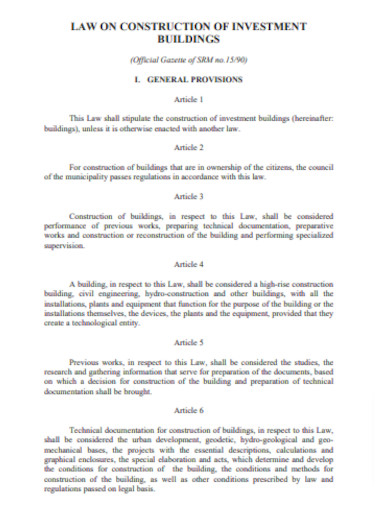
Construction Investment Building Agreement
download now -

Construction Investment Project Agreement
download now -
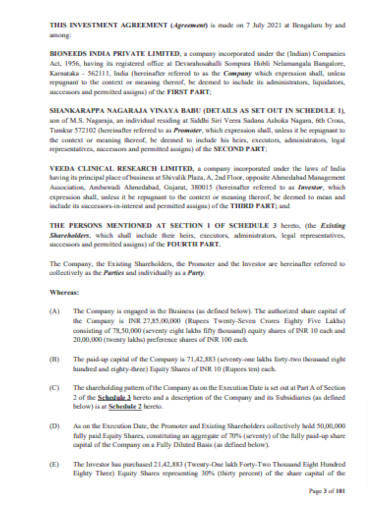
Simple Construction Investment Agreement
download now -
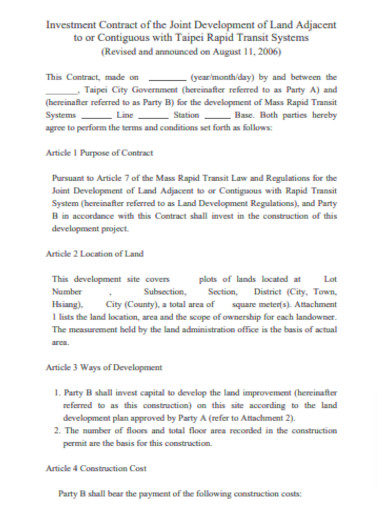
Construction Investment Agreement Outline
download now -
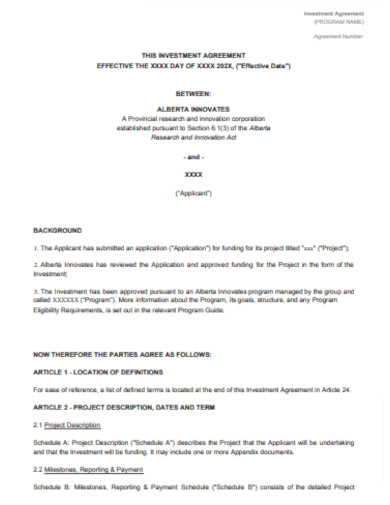
Sample Construction Investment Agreement
download now -
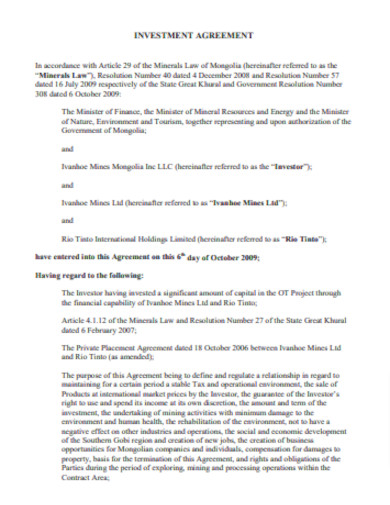
Printable Construction Investment Agreement
download now -
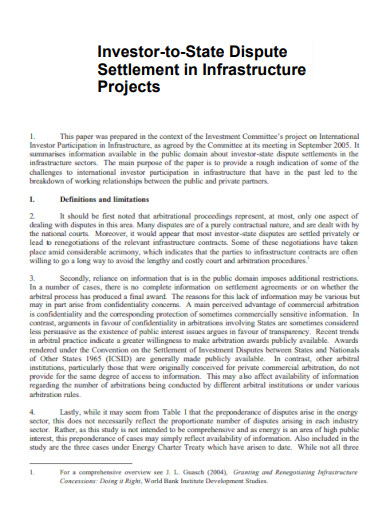
Construction Property Investment Agreement
download now -
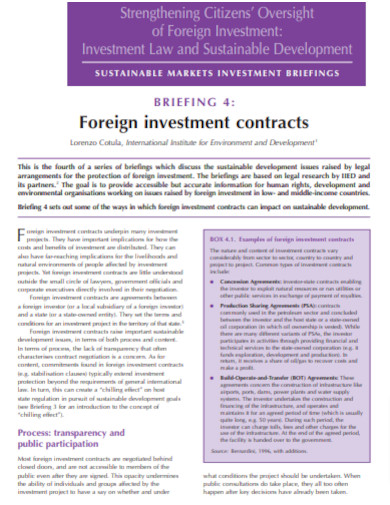
Construction Foreign Investment Agreement
download now -
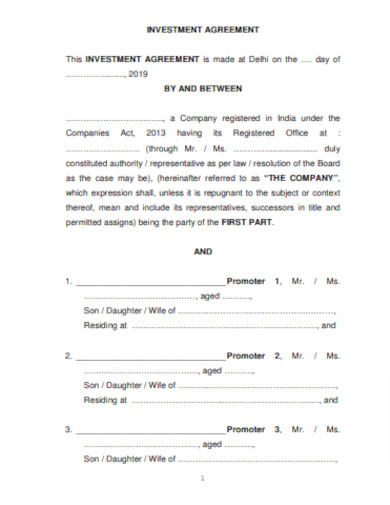
Construction Equity Investment Agreement
download now -
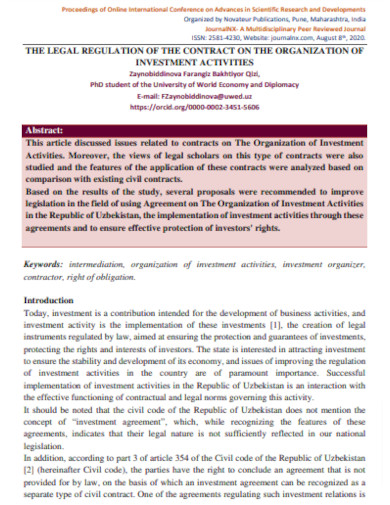
Construction Real Estate Investment Agreement
download now -
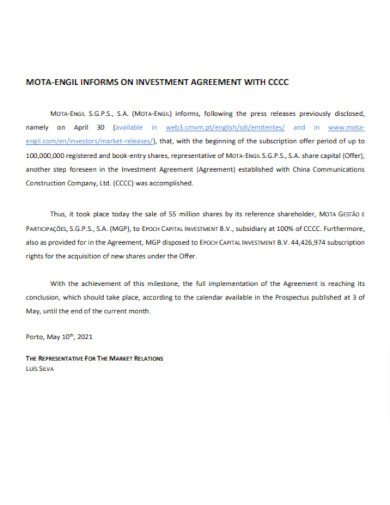
Construction Shareholder Investment Agreement
download now -
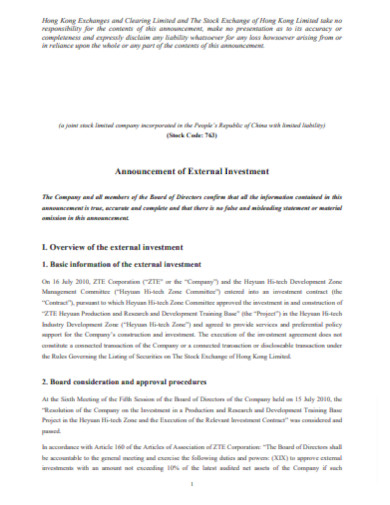
Construction External Investment Agreement
download now -

Construction List of Investment Agreement
download now -
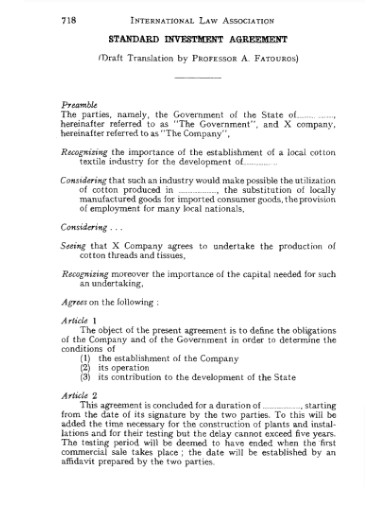
Standard Construction Investment Agreement
download now -

Basic Construction Investment Agreement
download now -
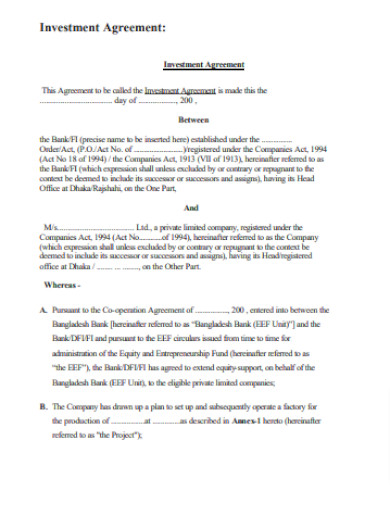
Construction Investment Agreement Layout
download now -

General Construction Investment Agreement
download now -
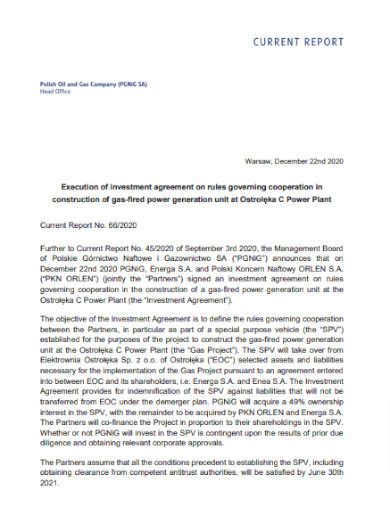
Construction Investment Cooperation Agreement
download now -

Editable Construction Investment Agreement
download now -
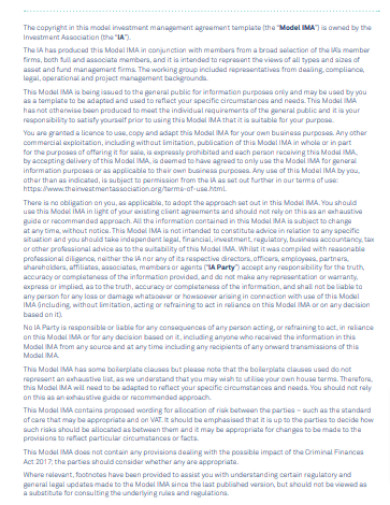
Construction Investment Management Agreement
download now -
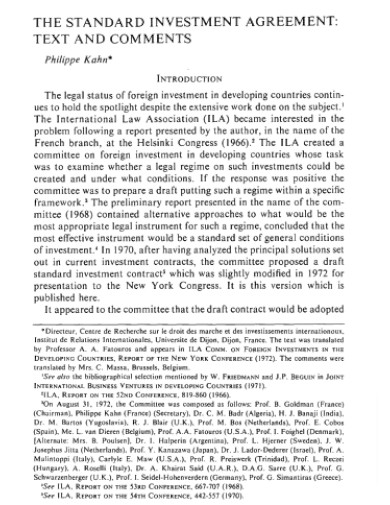
Professional Construction Investment Agreement
download now -

Construction Investment Agreement Format
download now
FREE Construction Investment Agreement s to Download
25+ SAMPLE Construction Investment Agreement
Definition:
Understanding the Core of the Agreement:
Why is it Essential?
Key Elements to Include:
Utilizing the Agreement Effectively:
Benefits of the Construction Investment Agreement:
Drafting the Perfect Agreement:
Potential Pitfalls and How to Avoid Them:
What considerations surround capital contributions in the construction agreement?
Why are dispute resolution mechanisms integral to a construction investment agreement?
How does the agreement protect the interests of investors in construction projects?
Are there standard clauses to consider when drafting a construction investment agreement?
When are investment milestones typically reviewed and validated?
Definition:
A Construction Investment Agreement is a formal contract between parties detailing the terms and conditions of investment in a construction project. It outlines the amount of investment, returns expected, responsibilities of each party, and safeguards against potential risks. This agreement ensures transparency, accountability, and clarity in financial engagements within construction undertakings.
Understanding the Core of the Agreement:
At the heart of any construction agreement lies a mutual understanding between parties, which serves as the foundation for a successful project. The agreement outlines the scope of work, payment terms, responsibilities, and timelines, ensuring clarity and reducing potential disputes. It defines roles, expectations, and the framework for resolution should conflicts arise. This mutual consensus serves as the backbone for seamless project execution, safeguarding the interests of all stakeholders involved.
Why is it Essential?
An agreement is essential because it formalizes the understanding between parties, providing a clear roadmap for the project’s execution. It minimizes ambiguities, reducing the potential for disputes or misunderstandings. The agreement establishes roles, responsibilities, and expectations, ensuring each party knows their tasks and obligations. Moreover, it stipulates payment terms, timelines, and quality standards, ensuring accountability.
Establishing Clear Expectations:
A construction agreement provides a written record of what is expected from each party, ensuring that everyone is on the same page. From scope to payment terms, it lays down the ground rules, minimizing misunderstandings and setting a clear path for the project’s progression.
Risk Mitigation:
Well-drafted agreements act as shields against potential legal disputes. By specifying terms related to liability, warranties, and indemnities, it serves as a protective mechanism, reducing unforeseen risks and liabilities.
Financial Clarity:
The agreement spells out payment schedules, costs, and other financial terms, giving both parties a clear financial blueprint. This transparency aids in budgeting, ensuring that funds are available and allocated as required.
Framework for Dispute Resolution:
Disagreements can arise in any project. An agreement provides a predetermined method for conflict resolution, whether through mediation, arbitration, or other means, ensuring that disputes can be settled amicably and swiftly.
Establishing Timelines:
One of the key aspects of any construction project is its timeline. The agreement ensures that milestones and completion dates are agreed upon in advance, making it easier to monitor progress and maintain punctuality.
Key Elements to Include:
Every investment agreement should be clear, concise, and contain specific elements to safeguard the interests of all parties involved.
Project Overview and Objectives:
This section should provide a comprehensive description of the construction project. Detail the purpose, scope, and key objectives to ensure everyone is aligned on the expected outcomes.
Financial Commitment and Distribution:
Clearly state the total investment amount and detail how it will be disbursed. Outline payment schedules, milestones, and any conditions tied to the release of funds.
Roles and Responsibilities:
Clearly define the roles of all stakeholders involved. This includes the responsibilities of the investor, contractor, subcontractors, and any other key parties.
Return on Investment (ROI) Projections:
Provide an overview of projected financial returns for the investor. This could include profit-sharing models, dividend distributions, or repayment structures.
Risk Management and Mitigation:
Highlight potential risks associated with the project and outline strategies to mitigate them. This ensures all parties are aware of potential challenges and the measures in place to address them.
Dispute Resolution Mechanisms:
Clearly define the steps and procedures for resolving any disagreements or disputes that might arise during the course of the project.
Reporting and Monitoring:
Establish the protocols for monitoring project progress and financial expenditures. Detail how often reports will be shared, the format they’ll be in, and who will be responsible for producing them.
Termination and Exit Clauses:
Detail the conditions under which the agreement can be terminated, by any party. This might include scenarios such as project delays, financial discrepancies, or other predefined conditions.
Confidentiality and Non-disclosure:
Include clauses that protect sensitive information pertaining to the project, the investor’s details, and any proprietary methodologies or technologies being used.
Signatures and Legal Provisions:
Conclude the agreement with spaces for all parties to sign, indicating their acceptance of the terms. Ensure that there is a section detailing the legal jurisdiction that governs the agreement.
Utilizing the Agreement Effectively:
To fully leverage a Construction Investment Agreement, it’s essential to understand its nuances and integrate it seamlessly into your project workflow. Here are some steps to ensure its effective utilization:
Training and Familiarization:
Ensure all stakeholders, especially those responsible for executing tasks related to the agreement, are adequately trained and familiar with its contents.
Regular Reference:
Make the agreement easily accessible to all relevant parties and encourage its regular reference to ensure compliance and clarity throughout the project’s duration.
Integration with Project Management Tools:
Incorporate the agreement’s milestones and financial details into your project management software. This helps in tracking progress and ensures alignment with the agreed-upon terms.
Periodic Reviews:
Schedule regular reviews of the agreement. This helps in ensuring that all parties are on track and provides an opportunity to address any potential challenges or discrepancies.
Benefits of the Construction Investment Agreement:
Understanding the numerous advantages of a well-drafted Construction Investment Agreement can motivate stakeholders to use it diligently. Here are some of the primary benefits:
Clarity and Direction:
The agreement offers a clear roadmap for the construction project, detailing roles, responsibilities, and financial commitments, thereby minimizing ambiguities.
Dispute Mitigation:
By providing a clear framework for dispute resolution, the agreement minimizes the potential for conflicts and ensures smoother project execution.
Financial Transparency:
With detailed financial provisions, both the investor and the construction entity can maintain transparency, ensuring trust and credibility.
Legal Protection:
A well-drafted agreement serves as a legal document that can be referenced in case of disagreements or legal disputes, offering protection to all parties involved.
Enhanced Collaboration:
By defining roles and responsibilities, the agreement fosters better collaboration among stakeholders, ensuring everyone works towards the common goal of successful project completion.
Confidence Boost:
For investors, a robust Construction Investment Agreement can provide added confidence in the project’s viability and the security of their investment.
Compliance Assurance:
With provisions ensuring adherence to local regulations and industry standards, the agreement ensures the project remains compliant, avoiding potential legal complications.
Drafting the Perfect Agreement:
When it comes to drafting this essential document, it’s more than just filling in blanks. It requires a deep understanding of the project, clear communication between parties, and often, legal expertise. Here are steps to ensure a well-drafted agreement:
Know Your Audience:
Understand the needs and concerns of both the investor and the construction entity. Tailor the agreement to address the unique characteristics of the project and the specific concerns of the parties involved.
Comprehensive Project Description:
Ensure the project’s description is detailed and clear, leaving no ambiguity about the scope, location, size, and purpose of the construction project.
Dispute Resolution:
Choose an agreed-upon method, whether it’s arbitration, mediation, or litigation. Clearly state the process to ensure a swift resolution to any disagreements.
Flexibility and Amendments:
Given the dynamic nature of construction projects, ensure there’s a clear procedure for making changes or amendments to the agreement.
Signature and Witnesses:
While obvious, it’s crucial to have spaces for all parties to sign, and where necessary, have witnesses authenticate the signing. This ensures the agreement is legally binding.
Potential Pitfalls and How to Avoid Them:
Navigating the complexities of the construction world isn’t easy. Common issues include:
1. Overlooking Due Diligence:
Pitfall: Neglecting to thoroughly vet and evaluate the project or the entities involved can lead to unforeseen complications and losses.
Avoidance: Always conduct comprehensive due diligence. Assess the financial health, reputation, and track record of the parties involved, especially if they’re new partners.
2. Ambiguous Terms and Conditions:
Pitfall: Vague language or ill-defined terms can lead to misinterpretations, disagreements, and potential legal disputes.
Avoidance: Be precise and explicit in the wording. Seek legal counsel to review the agreement and ensure clarity in all provisions.
3. Inadequate Risk Management:
Pitfall: Not identifying and preparing for potential risks can lead to significant setbacks and financial losses.
Avoidance: Conduct a thorough risk assessment. Identify all potential challenges and devise strategies for mitigation. Incorporate these strategies into the agreement.
4. Missing Exit or Termination Clauses:
Pitfall: Without clear exit strategies or termination clauses, parties can find themselves trapped in unfavorable situations.
Avoidance: Clearly define conditions under which the agreement can be terminated, ensuring that all parties have a fair and clear way out if required.
5. Lack of Regular Monitoring and Reporting:
Pitfall: Without consistent oversight, projects can deviate from the planned path, leading to delays and cost overruns.
Avoidance: Establish regular reporting intervals, clearly define key performance indicators, and hold stakeholders accountable for timely updates.
6. Neglecting Regulatory Compliance:
Pitfall: Overlooking legal and industry-specific regulations can result in penalties, legal action, or project halts.
Avoidance: Stay updated with local construction codes, industry standards, and any other relevant regulations. Incorporate compliance checks at regular intervals.
What considerations surround capital contributions in the construction agreement?
In construction agreements, capital contributions considerations encompass the amount each party contributes, timing of contributions, implications of missed contributions, provisions for additional funds if required, return on contributions, and the allocation of profits and losses based on contributions. Clear terms ensure transparency and prevent financial disputes among parties.
Why are dispute resolution mechanisms integral to a construction investment agreement?
Dispute resolution mechanisms are integral to construction investment agreements because they provide predefined methods to handle disagreements, ensuring timely project progression. They minimize costly legal battles, maintain working relationships among parties, and offer clarity on steps to take during conflicts, fostering trust and smooth project execution.
How does the agreement protect the interests of investors in construction projects?
The agreement protects investors by clearly defining their rights, profit-sharing ratios, and responsibilities. It stipulates project timelines, capital contributions, and exit strategies. Additionally, it outlines decision-making processes, provides safeguards against potential project risks, and ensures compliance with regulations, thus shielding investors from undue losses and ensuring a transparent operational framework.
Are there standard clauses to consider when drafting a construction investment agreement?
Yes, standard clauses in a construction investment agreement include capital contributions, profit and loss distributions, decision-making protocols, dispute resolution mechanisms, roles and responsibilities of parties, exit and transfer provisions, representations and warranties, confidentiality clauses, and indemnification provisions. These ensure clarity, protection of interests, and a structured framework for project progression and eventualities.
When are investment milestones typically reviewed and validated?
Investment milestones are typically reviewed and validated at predetermined intervals, often aligned with project phases or specific achievements. Regular project status meetings or audits ensure that milestones are met before releasing associated funds. This structured approach ensures accountability, progress tracking, and safeguards investor interests throughout the construction project.
In conclusion, a Construction Investment Agreement fortifies the foundation of financial agreement engagements in construction projects. By ensuring transparent terms and clear responsibilities, it promotes trust among stakeholders. As we delve deeper into the intricacies of construction finance, recognizing the pivotal role of such agreements is essential for project success and stakeholder security. Explore more on this topic and related subjects to gain comprehensive insights.
